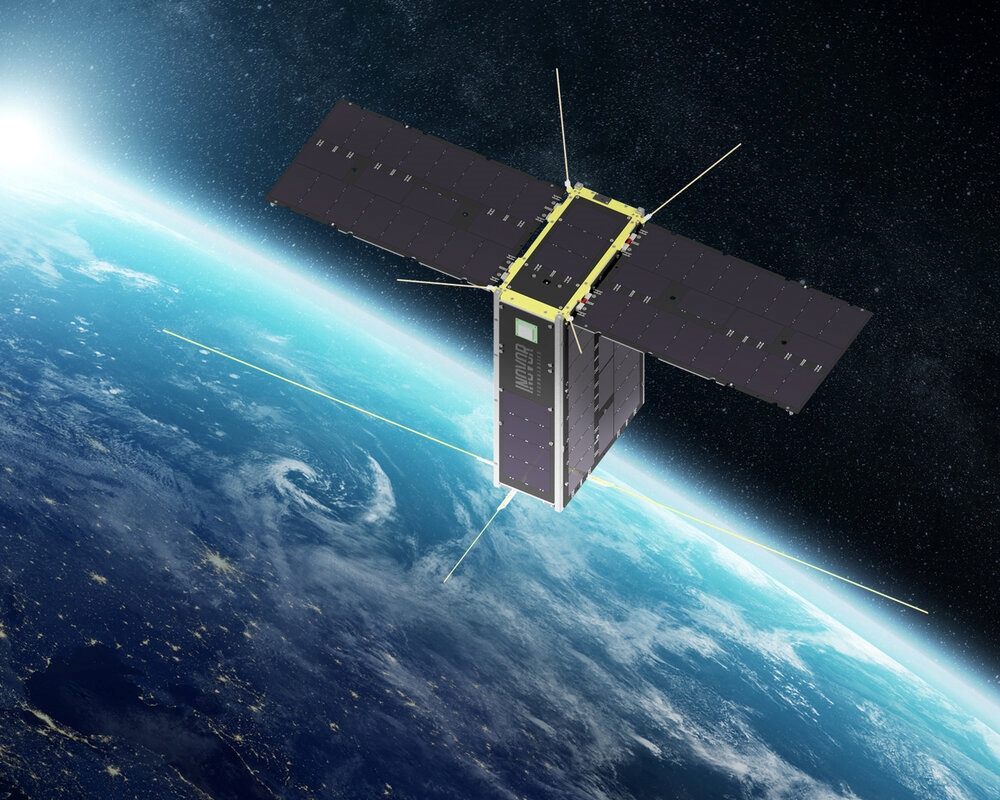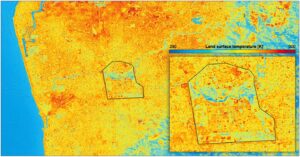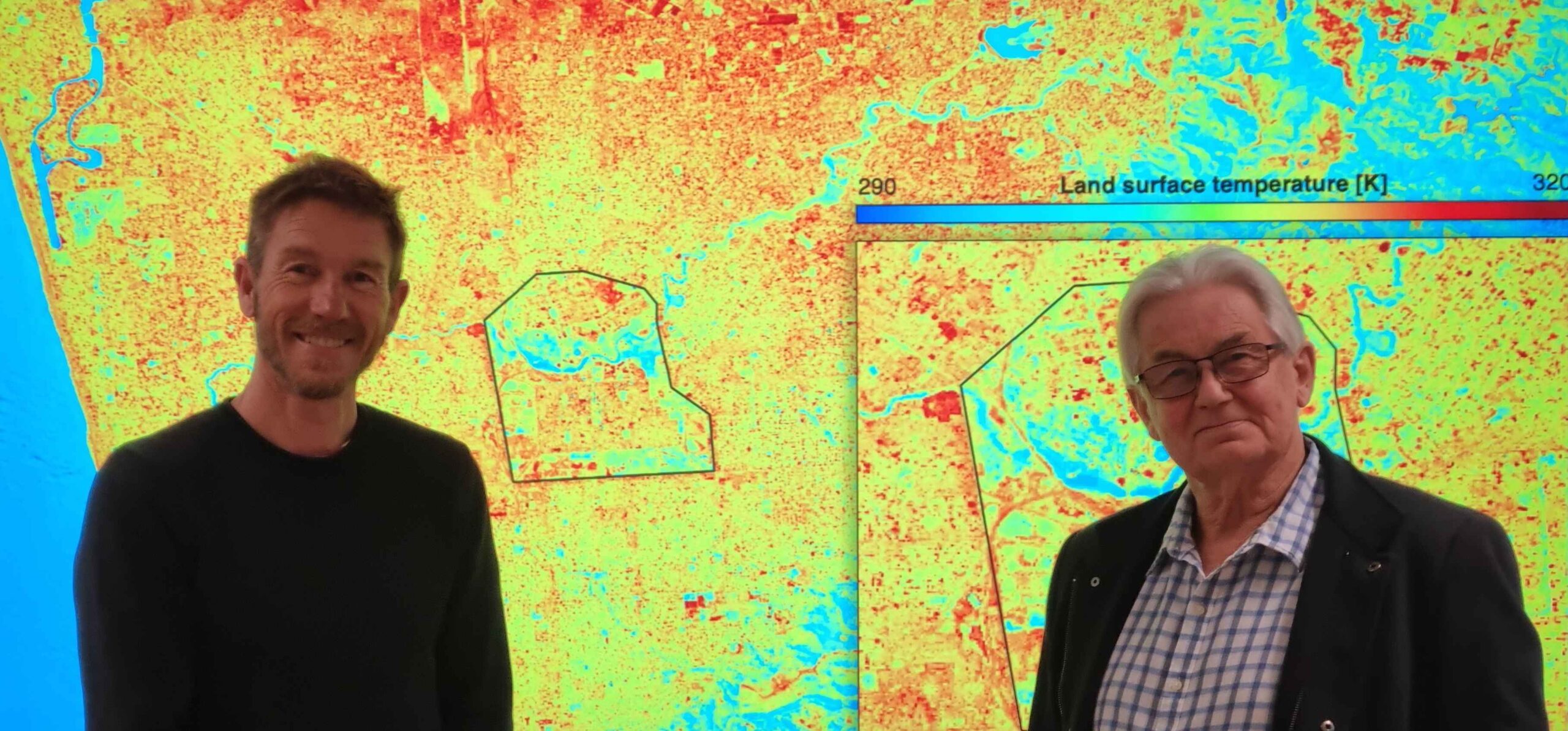
Flinders University experts are part of a high-tech international team involved in the Space X launch of the Kanyini CubeSat on the weekend.
A collaborative research team led by Flinders University, in conjunction with the South Australian Department for Environment and Water (DEW) and Green Adelaide, has secured $200,000 in funding from the SmartSat CRC.
The project will evaluate the effectiveness of a thermal infrared sensor onboard the new South Australian cube satellite, Kanyini, for mapping urban heatwaves.

This innovative project will leverage thermal imagery from Kanyini in conjunction with data from other orbiting satellites like Landsat, Sentinel-3, VIIRS and MODIS.
This combined approach will enable researchers to create detailed maps of thermal hotspots associated with heatwaves across SA urban areas. Additionally, the project will assess the impact of urban green spaces on mitigating these heatwaves, says Associate Professor in Geographic Information Systems (GIS) David Bruce, from the College of Science and Engineering.
The project is collaborating with Hydrosat, the climate tech company leveraging thermal imagery to measure water stress and mitigate the effects of climate change.
Through Flinders University's participation in Hydrosat's Early Adopter Program, the project will gain access to data from Hydrosat's VanZyl-1 satellite, alongside data from Kanyini and other satellites.
Associate Professor Bruce and research assistant Michael Hillman will calibrate and validate thermal infrared data from the 'Kanyini Waru' sensor against ground measurements.
"Then this data will be combined with data from other satellites to explore how accurately we can map urban surface temperature, hopefully on a daily basis," says Associate Professor Bruce.
"If this is successful we maybe able to correlate hotspots across Adelaide, and other urban areas, with other events, such as the incidence of medical presentations for heat stroke, energy consumption, and the impact of vegetation in lowering surface temperature."
The DEW and Green Adelaide is very interested in utilising the land surface temperature (LST) product for its potential to identify urban heat islands, and by combining with tree canopy data to help prioritise areas for future urban greening within a changing climate where it is most needed.

SmartSat CRC CEO Professor Andy Koronios says: "Until now, images of our state have been sourced from foreign satellites, limiting our access to up-to-date, detailed images of areas of interest.
"With the Kanyini mission, we are demonstrating the capability to capture images of specific locations tailored to particular applications.
"By leveraging advanced data analytics, we have the ability to transform these images into actionable intelligence for state government departments for the benefit of all South Australians," he says.

The South Australian Space Services Mission satellite Kanyini is one of 116 satellites onboard the rideshare launch onboard SpaceX 's Transporter 11 Mission over the weekend.
Falcon 9's launch of the Transporter-11 mission to low-Earth orbit was made from the Space Launch Complex 4E (SLC-4E) at Vandenberg Space Force Base in California.
The launch of the 6-Unit CubeSat is the culmination of years of dedication and hard work from teams from the SmartSat Cooperative Research Centre, the South Australian Space Industry Centre, Adelaide-based commercial satellite manufacturer Inovor Technologies and global IoT provider Myriota.
SpaceX designs, manufactures and launches the world's most advanced rockets and spacecraft. Transporter-11 is SpaceX's 11th dedicated smallsat rideshare mission.






